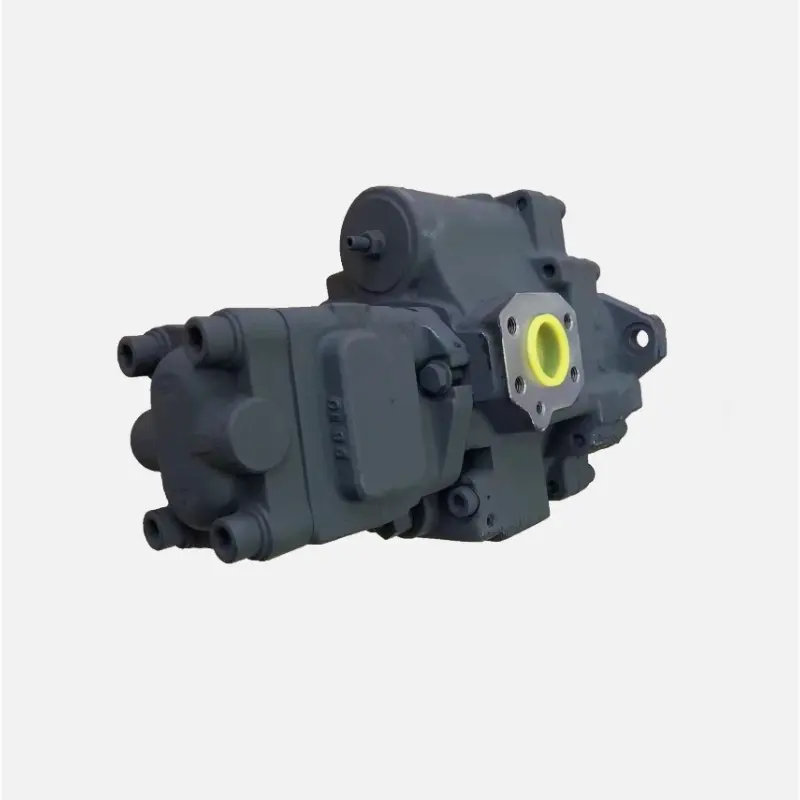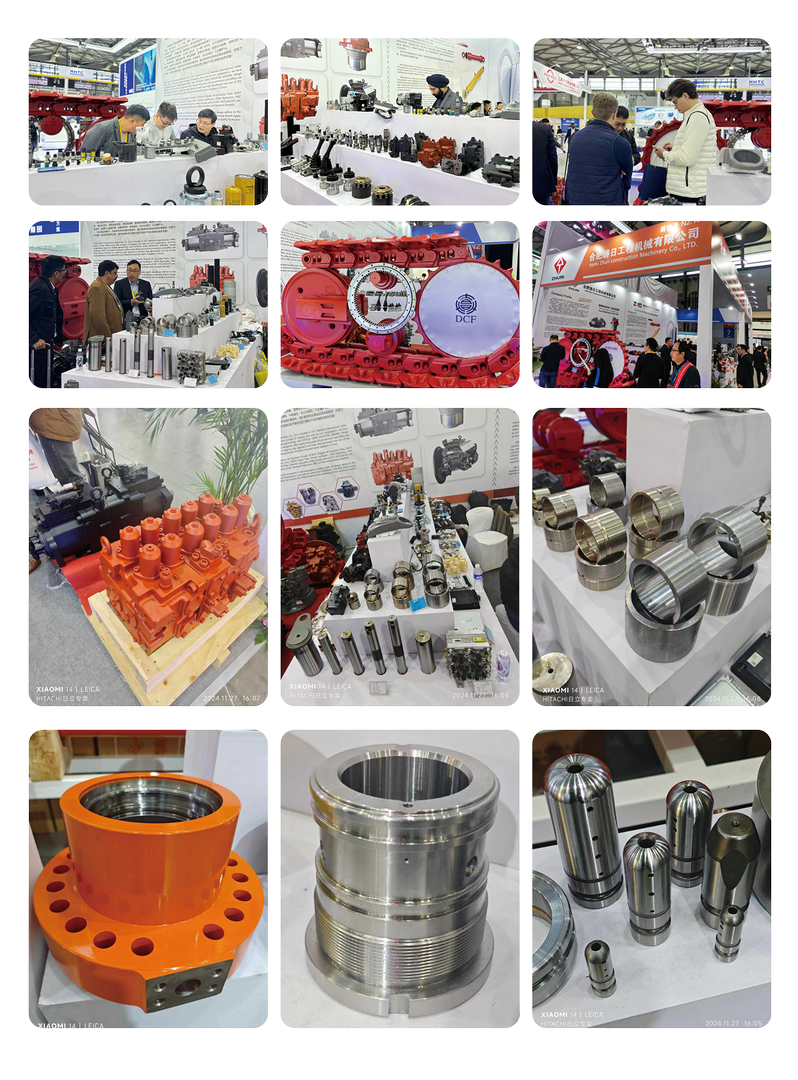6 Precautions for Purchasing Excavator Parts to 6 things to consider when buying excavator parts
Release time: 2025-04-27
A comprehensive guide:
1.Clarify the Model and Compatibility of Parts
Core Point: Ensure that the parts are fully compatible with the brand, model, and production year of the excavator.
The specifications of parts vary significantly among different brands (such as Caterpillar, Sany, Hitachi, etc.), and parts of different series models within the same brand may not be interchangeable.
Example: The hydraulic pump parts of Hitachi ZX200-5A and ZX200-3 may not be interchangeable due to design iterations.
Operation Suggestions:
Check the model, engine number, hydraulic system number, and other information on the equipment nameplate.
Provide the machine’s serial number to the supplier and query the parts compatibility list through official channels.
2.Prioritize Original or Certified Parts
Quality Differences:
Original Parts: Produced by the main machine manufacturer, strictly following design standards, with the highest material craftsmanship and performance matching degree, offering a long service life but at a higher price.
Aftermarket Parts: Produced by third-party manufacturers, with lower prices, but the quality can vary greatly. Inferior parts may cause equipment failures (for example, non-original filters can cause blockages in the hydraulic system of Hitachi excavators).
Application Scenarios:
For critical components (such as engines, hydraulic pumps, main control valves), original or manufacturer-certified high-quality aftermarket parts must be used to avoid larger losses.
For non-critical wear parts (such as bucket teeth, sealing strips), carefully select aftermarket parts from reputable suppliers to control costs.
3.Pay Attention to the Material and Craftsmanship of Parts
Material Strength:
For structural parts (such as track plates, carrier rollers), wear-resistant alloy steel should be selected to avoid premature wear due to soft materials.
Example: Hitachi buckets made of high-strength manganese steel are suitable for rock working conditions, while ordinary carbon steel buckets are more suitable for earthwork operations.
Craftsmanship Standards:
For welded parts, check whether the welds are uniform and free of pores; for cast parts, observe whether the surface is smooth and free of sand holes.
For hydraulic components (such as cylinders, connectors), pay attention to the sealing process. Inferior seals can easily lead to oil leakage in Hitachi excavators.
4.Verify the Supplier’s Qualifications and Reputation
Qualification Review:
Give priority to authorized dealers of the manufacturer or suppliers with formal business licenses. Request parts certificates of conformity and anti-counterfeiting marks (for example, original parts often come with laser anti-counterfeiting labels).
Avoid purchasing critical parts through informal channels (such as personal second-hand platforms) to prevent buying refurbished or counterfeit products.
Market Reputation:
Check the past customer reviews of the supplier, or obtain reliable information through industry forums and peer recommendations.
Example: A certain supplier once sold counterfeit filters, resulting in hydraulic system damage to multiple Hitachi equipment. Such information needs to be avoided.
5.Compare Prices and Cost-effectiveness
Avoid Low-price Traps:
Parts significantly lower than the market average price may have quality issues (such as rubber parts made of recycled materials that are prone to aging and cracking).
Example: The price of original Hitachi tracks is about 20,000 yuan per piece, while a certain aftermarket part is only sold for 8,000 yuan. It may use recycled steel, and its lifespan is less than one-third of that of the original part.
Comprehensive Cost Consideration:
Calculate the life cycle cost of the parts instead of simply comparing the purchase price. High-quality parts are more expensive but have a longer replacement cycle and lower maintenance costs.
Formula: Cost-effectiveness = (Part Life × Equipment Efficiency) ÷ Purchase Price. The higher the value, the more worthwhile the choice.
6.Retain Vouchers and After-sales Guarantee
Transaction Records:
Request formal invoices and purchase contracts, indicating details such as part models, quantities, and warranty periods to facilitate rights protection in case of disputes.
Example: If the aftermarket part promises a 6-month warranty, it is necessary to clearly state in the contract that “the supplier shall bear part of the repair costs in case of equipment damage caused by quality problems.”
After-sales Policy:
Inquire about return and exchange conditions (such as parts not being installed and the packaging being intact) and the response time for failures (such as whether the supplier provides 24-hour technical support).
Original parts usually come with a 3 – 12-month warranty, while the warranty period for aftermarket parts is shorter (usually 1 – 3 months), which needs to be confirmed in advance.


